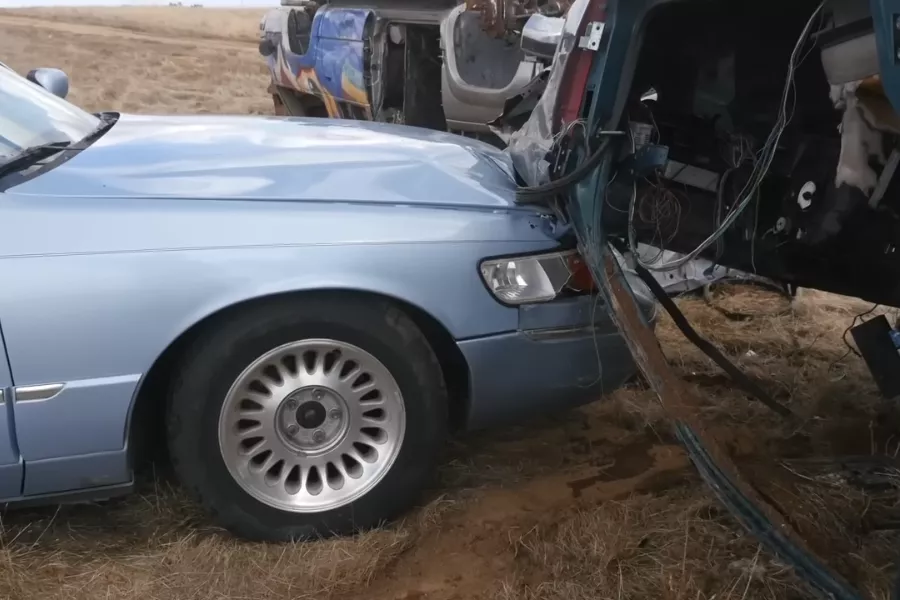If you’re a tech-savvy guy or gal, then you know that Apple has already rolled out the new iPhone 14 series of smartphones. Along with that release is the set of new Apple Watches. Interestingly, these new Apple products are now capable of detecting crashes. So how well does this work? To answer that, a tech-focused YouTube channel by the name of TechRax actually went out and tested it. Here’s the video:
Does the iPhone 14 Pro Crash Detection Actually Work? - Car Accident Experiment
As one can see on the first test, TechRax used an actual car, and made it undergo a low-speed frontal crash against a rusted-out sedan shell and chassis. They repeated this process using multiple car shells, with the third test involving the remains of a van.
The iPhone 14 Pro was on board the running vehicle on all three tests. Although there was a slight delay on the first test, the device managed to detect all three crashes. This manifested as a special notification with an audible ringing tone. The phone even managed to dial emergency services automatically.
![How they made the car move on its own without a driver [Photo: TechRax] A picture of a jury-rigged self driving system](https://img.philkotse.com/temp/2024/07/26/does-the-iphone-14-pro-crash-detection-actually-wo-7ab3.webp)
How they made the car move on its own without a driver [Photo: TechRax]
As a side note, the first and the second test didn’t provide enough force to deploy the test car’s airbags. On the third and final test, they managed to make the car travel much faster, causing the airbags to deploy on impact.
So, while not actually up to snuff with the technical requirements of an officially sanctioned crash test, TechRax’s own crash testing with the iPhone 14 Pro was enough to prove that the device’s crash detection feature did work.
![How they secured the phone to the car. Note the crash warning screen [Photo: TechRax] A picture of an Iphone 14 Pro taped to the back of a headrest](https://img.philkotse.com/temp/2024/07/26/does-the-iphone-14-pro-crash-detection-actually-wo-419b.webp)
How they secured the phone to the car. Note the crash warning screen [Photo: TechRax]
Of note, the iPhone wasn’t in any way integrated into the test vehicle’s systems, as the car itself was an old Mercury model that wasn’t likely to have any compatible hardware. One can then surmise from this that the phone’s very own motion sensor, accelerometer, GPS, microphone, and other components were enough to detect the series of crashes in the test.

The car they used was an old Mercury sedan model
As the demonstration was conducted in relatively controlled conditions, it goes without saying that consumers should not try this at home. And one can also bet that the folks at TechRax knew what they’re doing since they’re used to conducting various stress tests and other destructive experiments on various gadgets.
For more car news, keep it here on Philkotse.
Recent posts
- latest iphone apple watch crash detection Sep 08, 2022
- apple carplay fuel purchase feature Jul 08, 2022
- Next-gen Apple CarPlay preview Jun 07, 2022












